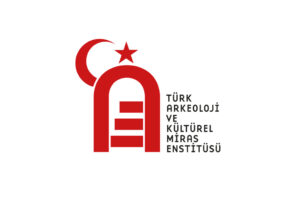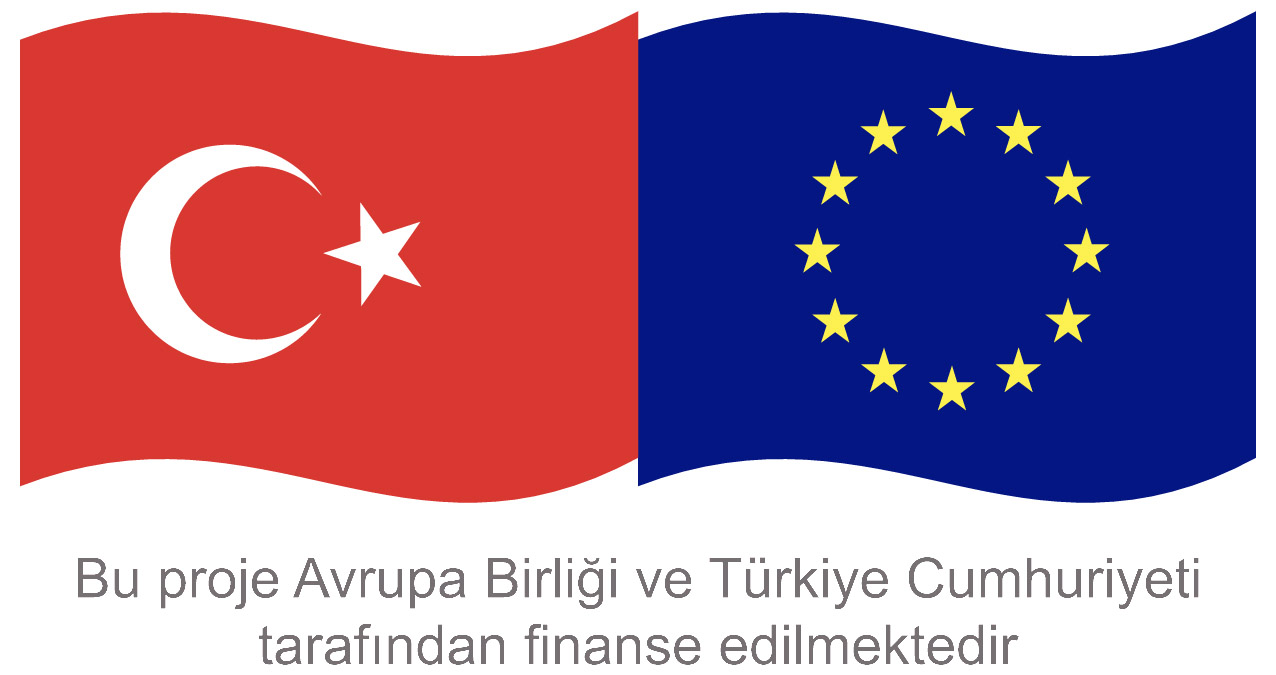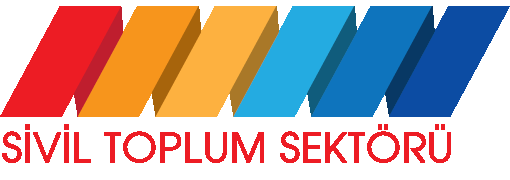
Programme Details
Programming Year: 2014
Referance Document: 2014 Action Dokument
Beneficiary: Ministry of Culture and Tourism / Gaziantep Metropolitan Municipality
Contract Type: Construction, Procurement, Technical Support and Supervision
Starting Date: December 21, 2018
Programme Scope
EU – Türkiye Anatolian Archeology and Cultural Heritage Institute was carried out by the Ministry of Culture and Tourism and Gaziantep Metropolitan Municipality within the scope of the Civil Society Sub-Sector 2014 programming. As the leading institution of the Civil Society sub-sector, the Directorate for EU Affairs (DEUA) has assumed the role of general coordination and monitoring of the project. The project ensured the establishment and sustainability of the Anatolian Archeology and Cultural Heritage Institute; it has created an institutional and organisational base, a coordination base and a facilitating environment for scientific and academic studies in this field, and aims to establish close ties between ancient scientists and civil society in Türkiye and the EU countries in order to effectively support these efforts. The basic strategy of this project is to develop an understanding of archeology specific to Türkiye, to represent Türkiye on international platforms as a successful science institute, and to contribute to the development of international dialogue between Europe and Asia with the common culture nourished by the deep historical past.
Some important activities carried out within the scope of the project are:
- Foundation was established, and legal regulation processes have been completed. Science, Education and Publication Boards have been established.
- Kendirli Church and Latin School in the centre of Gaziantep has been designed as the ‘central campus’ of the Anatolian Archaeology and Cultural Heritage Institute, has been restored with its working offices, activity areas and laboratories and has been made ready for use with all its equipment and tools. A traditional mansion in Gaziantep, the “Institute guest house”, and the Teacher Training School in the garden of the Institute were also allocated to the Institute.
- The Archaeometry Laboratory has been prepared with its building and equipment in the Central Campus.
- Business and Communication model, Monitoring Procedures guides have been prepared and Norm Staff has been determined.
- 25 monographs and 1 annual periodical scientific (refereed) journal have been prepared for publication, serving as guiding examples in the long term.
- Archaeological Tour Routes catalogue (40 national, 3 international) has been completed.
- Preparations for the first “National Archaeology Council” have been completed.
- A detailed Education Plan has been prepared for the Institute to follow in the long term. The first implementations of certified training programs specially prepared for different groups were made to serve as an example for future studies. Three trainings have been organised for the staf fin the public sector’, ‘CSO representatives’ and ‘young people’ who are high school students, under the title of ‘Protecting the Past: Archaeology and Cultural Heritage Training Days’.
- A workshop with broad participation was held with CSO representatives.
- Civil society dialogue and national and international networks with active stakeholders have been developed since the beginning of the project. For this purpose, many meetings were held with various groups. Connection networks continue to be strengthened through international thematic platforms.
- Preliminary research conferences were held with scientists, primarily the directors of archaeological institutes of EU countries, and a strong partnership and exchange of ideas was achieved. A widely attended search was conducted at the Archaeometry Search Conference, the road map of the laboratories was determined, a SWOT analysis was prepared with a widespread survey, and the road map of the Institute was determined with the results of all these.
- Library: The management model design, space, and equipment have been prepared with periodical subscriptions and the first collection.
- Archive: Its space and equipment were prepared, and in the first stage, 1.1 million historical archaeological documents in the state archives were scanned and indexed. Approximately 100,000 documents related to early archaeological studies such as films, photographs, etc. in various archives have been compiled.
- An IT system, and the web portal have been completed in both hardware and software.
- Website design has been completed and social media setups and links have been created.
- The documentary “Archaeology Epic”, which is a manifesto showing all the interests, geographies, philosophy and policy of the Institute, and the documentary “From Dream to Reality”, which tells the story of the establishment of the Institute, have been completed.
- It has been planned what the roles of the Institute will be in the short and long term within the framework of a wide range of interests such as Science, Research, Technology, Education, Culture, Art, Tourism and Promotion, Cultural Economy, Foreign and Internal Turkish Cultural Policies, Conservation and Museology.
- Activities for Corporate Identity and Promotional Materials have been completed.
- The documents for the establishment of domestic (Ankara, İstanbul, İzmir) and foreign (Rome, Uzbekistan) branches are being completed.
- A budget plan suitable for the sustainability of the Institute has been prepared to be implemented after the completion of the project.
The main objectives of the project are:
- To eliminate an important deficiency of the Turkish scientific world by establishing an independent ‘National Archaeology Institute’ with a sustainable infrastructure to be managed by the Foundation Trustee.
- To ensure coordination among institutions and individuals related to archaeology, to provide support, and to act together to create cooperation.
- To contribute to the development of international civil society dialogue through joint science, culture and art projects and joint cultural heritage studies together with the Turkish branches and centres of archaeological institutes of EU countries and other countries.
- To provide scholarships, internships and other supports for research projects and the education of young people.
- The primary geography that the institute is concerned with is Anatolia. In addition, related geographies such as the Balkans, Central Asia, Caucasus, Middle East, Iran, Mediterranean, Aegean and Black Sea are also included in the study area. In this context, the institute’s goal is to deal with every culture at every point of history in these regions.
- To encourage and publish archaeological research in the fields that the Institute is interested in such as Prehistory, Protohistory, Classical Archaeology, Late Antique Archaeology, History, Art History, Epigraphy, Medieval Archaeology, Turkish Archaeology, Islamic Archaeology, Ottoman-Seljuk Archaeology, Numismatics, Anthropology, Cultural Landscape, History of Architecture and Urbanization, Field Archaeology, Archaeometry, Geoarchaeology, Industrial Archaeology, Cultural Economics and other closely related fields, and to create libraries and archives that researchers can access.
- To ensure high quality scientific research on archaeology and cultural heritage from prehistory to the present, primarily in Türkiye and other parts of the world with which we have cultural and historical ties.
- To be a guiding and pioneering institution that paves the way for developments in archaeometric fields by opening laboratories to carry out the archaeometric analyses and field archaeology.
- To establish strong collaborations with people and institutions in the world archaeology and cultural heritage community. To organise mutual exchange programs between academics and students between the EU and Türkiye on science and education.
- To prioritise research focusing on cultural relations and interactions between the East and the West.
- To carry out national and international studies, primarily in partnership with EU scientific institutions, on the protection of universal cultural and historical heritage, which is exposed to natural disasters, wars, and conflicts, or at risk of loss of any kind, such as the threat of treasure hunters.
- To convey the subject of archaeology and history to the public through art events, to raise conservation awareness and to create a strong communication bond between different disciplines.
Click here for detailed information.
Click here for the Info Note.

